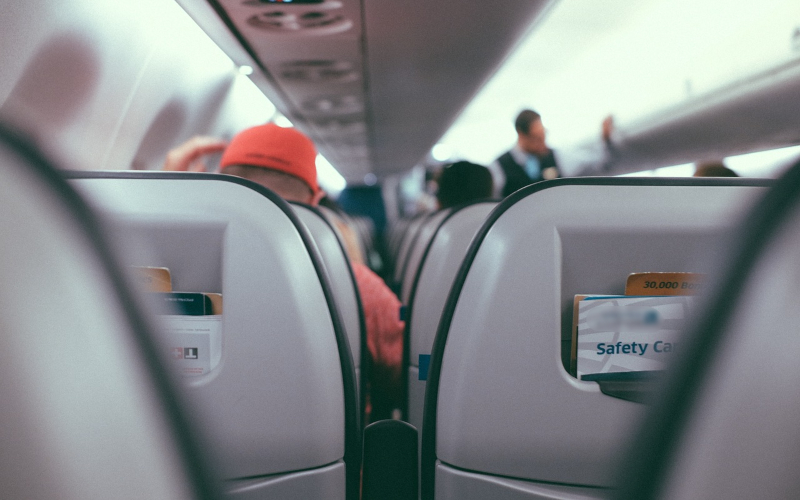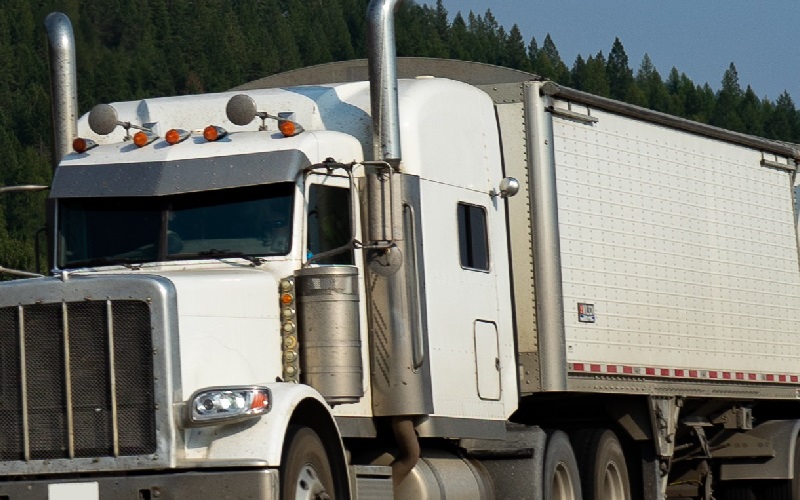Airplane interior detailing is a meticulous job, whether you are cleaning a private jet or commercial plane. High standards of cleanliness are essential for the health and safety of passengers and crew. Additionally, an immaculate appearance also helps to promote a positive brand image. Since COVID-19, extra steps are necessary to ensure that cleaning is thorough and effective. This includes aircraft interior cleaning procedures like deep-clean sanitization to reassure passengers.
When detailing a plane, aviation-approved cleaning solutions must be used. It is also advisable to keep ventilation systems running when you are carrying out aircraft interior cleaning procedures. This will minimize inhalation of cleaning products or dirt and dust particles. If you are interviewing a professional to do the job, be sure they are knowledgeable about all aspects of airplane detailing to ensure you get the best results. DetailXPerts’ sanitization program meets the demand for sanitizing and sterilization services.
Aircraft Interior Cleaning Procedures
When it comes to aircraft interior cleaning procedures, it is standard practice to start from the top of the plane, then work your way down. First of all, remove any refuse from the cabin and passenger areas. Then start cleaning the overhead storage bins and finish with the floor area. Cleaning in a logical, methodical manner will ensure that you miss nothing.
1. Overhead Storage Bins, Light, and Air Controls
Storage bins and crew stowage compartments collect dirt, dust and debris from cabin luggage, wheeled suitcases, and so on. Cordless vacuums are ideal for cleaning the inside of baggage compartments. Alternatively, choose a vacuum with an extra-long power cord that allows you to clean large areas without unplugging.
Don’t forget to disinfect germ hotspots, such as handles, to reduce the spread of germs. Passenger overhead reading light switches, air-conditioning controls and cabin crew call buttons also need wiping down with an antibacterial cleaning solution. This is a time-consuming job, so it is a good idea to look into fast-action cleaning methods, such as steam technology or enlisting the help of sanitizing services to help you do the job quickly and efficiently.
2. Aircraft Interior Cleaning Procedures for Windows and Shades
Airplane windows are made from lightweight but durable acrylic glass. This plastic polymer material is best cleaned with a soft microfiber towel and a mild detergent or an aviation-approved plexiglass cleaner. Paper towels can be abrasive and may scratch or mark the window. Abrasions are unsightly and can collect germs. Spray the cleaning solution onto a non-abrasive cloth, instead of directly onto the window. This avoids over-spraying throughout the cabin and is a more cost-effective way to clean multiple windows. Recommended aircraft interior cleaning procedures include working in a back-and-forth motion to ensure every area of the glass is clean and free from dirt and fingerprints.
Aircraft windows and window shades also often serve as impromptu headrests for sleeping passengers. Use an EPA-approved cleaning solution to remove any natural oil transferred from skin and hair or any make-up that has left a mark on the cabin window/shade.
3. Sanitizing Aircraft Tray Tables
Airplane tray tables need thorough cleaning and disinfection, on both the upper and underside surfaces. These surfaces are commonly touched areas throughout flights and are easily dirtied by food and drink spillages. Eliminate the spread of germs by using a disinfectant that is guaranteed to leave trays spotlessly clean and disinfected. When carrying out aircraft interior cleaning procedures, consider using EPA-registered cleaning solutions with antimicrobial ingredients to reduce the growth of harmful bacteria and mold on hard surfaces.
4. Seatbelt Sanitization
Seatbelt latches are another high-touch surface inside the aircraft. For speed, spray-tool technology delivers fast and effective results. For example, spraying cabin interiors with a high-grade disinfectant is known as aircraft “fogging”. A fog machine sprays the disinfectant. It quickly covers the hard surface of a seatbelt buckle system and the material of the strap. Steam cleaning technology works in much the same way, although instead of spraying chemicals such as disinfectant, you are effectively killing viruses with steam.
5. Cleaning Seats
Armrests, seat backs, cushions and all plastic and metal parts of the seats need cleaning to the highest standards. Aircraft seats, covers and cushions undergo flammability testing to meet fire protection standards. Therefore, the recommended aircraft interior cleaning procedures and solutions depend on the type of seat material, including fire-resistant fabric. Private jet detailing requires specialized cleaning methods for high-end fabrics, such as blended wool yarns or calfskin leather. If it is the latter, check out products for conditioning leather to maintain the material.
Commercial airline textile materials equally need to be treated with care. Steam for upholstery cleaning achieves great results. Pay special attention to aisle seat headrests. They are frequently touched by passengers holding on to them for support when walking to and from the bathroom. Always test on an inconspicuous section of the seat to make sure you have chosen a compatible cleaner.
6. Cleaning Seatback Pockets and Monitors
Seatback pockets are not just a handy storage area for inflight magazines and safety cards. Passengers also use them as a wastebasket to dispose of leftover food, wrappers, and dirty tissues. This is where a back-pack vacuum cleaner comes in handy. Choose one with a crevice tool that is good for getting into awkward nooks. The back-pack vacuum model is comfortable to wear. Its compact shape should make it easier to move up and down the aisles, enabling you to work in the enclosed space of an aircraft interior. Note, be sure to choose a vacuum that meets aircraft specifications and runs off the correct voltage.
7. Aircraft Interior Cleaning Procedures for Lavatories
For obvious reasons, aircraft lavatories need thorough sanitization to meet hygiene standards. Use bleach-based cleaning solutions to kill germs, bacteria and pathogens. Taking a methodical cleaning approach inside the lavatory will ensure best results. Start with the toilet bowl, seat and toilet flush. Then clean the faucet, sink area, waste bin and hand dryer. Disinfect the door-lock last. The lavatories are another key area where you may want to use a steam cleaner or a professional gun spray that distributes disinfectant solutions quickly and evenly over the surfaces to ensure everything receives proper sanitization.
8. Aircraft Food and Beverage Carts
Galley equipment for inflight catering includes wheeled carts/trolleys that distribute food and drinks to passengers. Aircraft interior cleaning procedures should include sterilizing pull-out drawers or flip-out tables. The waste disposal compartment will also need special attention. Individual food trays must be cleaned with a disinfectant wipe.
9. Disinfecting Galley Kitchen Food Preparation Areas
Aircraft galleys must be spotless. Disinfectant wipes should be used over hard surfaces. Refrigerators need thorough cleaning at least once a week. Be mindful of the disinfectants you use. Strong-smelling cleaning solutions may often taint food. Therefore, it is advisable to take a more organic approach with a steam cleaner to fine-tune your aircraft interior cleaning procedures. Steam cleaning with organic products is just as tough on germs as bleach but without an overpowering odor. It also minimizes risk to passengers who are sensitive to allergens and chemical-based cleaning solutions.
10. Aircraft Interior Cleaning Procedures for the Floor
Clean the aircraft floor last. This means you are not walking over a freshly cleaned floor as you clean other parts of the plane. The aisle floor area attracts the most dirt, but don’t forget under-seat stowage compartments. You will need an aircraft specification vacuum cleaner to suit the aircraft’s power supply. Choose a model with good mobility and one with attachments and tools that will enable you to reach those awkward places, such as under the seats. Once you vacuum dirt and debris, use a hard floor cleaner to wash and disinfect the flooring.
Conclusion
Overall, an organized approach will help to maintain the highest standards of hygiene and cleanliness throughout the aircraft interior. Choose the right tools, technology and cleaning solutions to ensure you achieve the best results while also completing the job in a time-efficient manner. Steam cleaning is one way to achieve maximum cleaning and sanitization in the minimum time. However, following the recommended aircraft interior cleaning procedures is a big undertaking, regardless of the size of the aircraft. To be sure it is a job done right, why not schedule an appointment with DetailXPerts to have your airplane professionally detailed.
That’s not all! Visit DetailXPerts on Pinterest to see our Aviation Lovers board for more information and ideas in the field of aircraft detailing.





